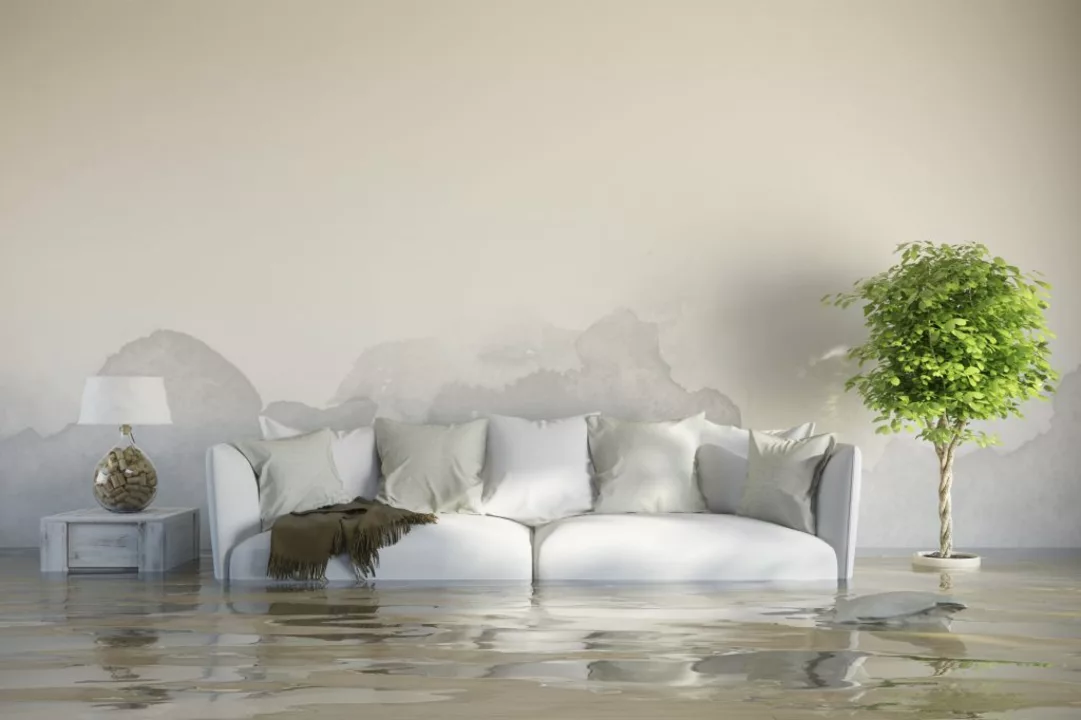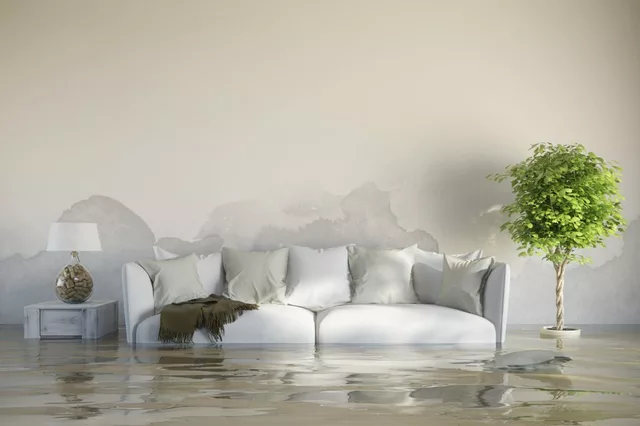How is water damage restoration made?

Exploring the Basics of Water Damage Restoration
Water damage is one of the most common yet devastating problems that can occur in a home or business. When water enters a structure, it can cause extensive damage to the walls, floors, and ceilings. If left untreated, it can also lead to the growth of mold and mildew, which can cause health problems for those living or working in the affected area. Fortunately, the process of water damage restoration is designed to help return the affected area to its pre-flood condition.
The first step in the water damage restoration process is to identify the source of the water. This is done by inspecting the affected area and looking for any signs of water penetration. Once the source has been identified, it is important to reduce the amount of water entering the affected area. This can be done by plugging leaky pipes, closing windows and doors, or using a wet vacuum to remove excess water.
Once the area has been secured, the next step is to remove any water that has already entered the building. This is typically done using a combination of suction and extraction. The suction process involves using a powerful vacuum to suck up standing water, while extraction involves a specialized machine to remove any water that has already soaked into the walls and floors. This water must be disposed of properly in order to prevent contamination.
Once the affected area has been cleared of water, the next step is to begin the drying process. This is done using dehumidifiers and fans, which help to reduce the humidity level in the air. This helps to prevent mold and mildew from growing and ensures that any water that remains is completely dried. Once the area is completely dry, it is important to inspect the area again to make sure that all signs of water damage have been eliminated.
Finally, once the area has been inspected and all of the water has been removed, the restoration process can begin. This typically involves the repair or replacement of any damaged materials, such as drywall, insulation, and flooring. It is important to hire a professional restoration company to ensure that the job is done correctly and that all affected areas are restored to their original condition.
The Steps Involved in Water Damage Restoration
Water damage restoration is a process of restoring a property to its pre-loss condition following water damage. It is important to act quickly and efficiently to minimize the damage and prevent further destruction or health risks. The following outlines the steps involved in the water damage restoration process.
Inspection and Assessment
The first step in the water damage restoration process is to inspect and assess the damage. This includes identifying the source of the water and the type of water present. It's important to determine whether the water is from a clean source or a contaminated one, as this will determine the necessary steps to be taken. During this phase, all affected areas must be inspected and all materials must be tested to assess the extent of the damage.
Water Extraction
The next step is to remove all standing water and water-damaged materials. This includes using pumps, vacuums, and other specialized equipment to remove water and moisture from the affected area. All materials that are damaged beyond repair must be removed and disposed of.
Structural Drying
Once all standing water and water-damaged materials have been removed, the next step is to dry the affected area. This is done by using specialized equipment to draw out moisture from the air and other materials. This process can take several days to complete, depending on the extent of the damage.
Cleaning and Sanitization
Once the affected area is dry, the next step is to clean and sanitize all surfaces. This is done to remove any mold, mildew, and other contaminants from the affected area. Specialized cleaning agents and disinfectants may be used to ensure that all surfaces are properly cleaned and sanitized.
Repairs and Restoration
The final step in the water damage restoration process is to repair and restore the affected area. This includes replacing damaged materials, repairing structural damage, and restoring the area to its pre-loss condition. This can involve anything from replacing drywall to re-carpeting a room.
Understanding the Cost of Water Damage Restoration
Water damage can come in many forms, from broken pipes, to flooding, and even from a leaky roof. Whatever the source, the effects can be catastrophic. With increasing costs of water damage restoration, it’s important to understand what the process entails and what factors play into the total cost.
Inspection and Assessment
The first step in any water damage restoration process is an inspection and assessment. This involves identifying the source of the damage, determining the scope of the damage, and measuring the extent of moisture and water intrusion. The inspection can be done in-person or remotely, depending on the situation. A professional water damage restoration contractor will use instruments such as infrared cameras, moisture meters, and hygrometers to identify the extent of the damage.
Containment and Removal
Once the extent of the water damage has been identified, the next step is to contain and remove the affected materials. This includes removing furniture, appliances, and any other objects that have been affected by water damage. In some cases, this may involve removing drywall, subfloors, and flooring materials. If there is structural damage, such as warping or buckling, further repairs may need to be made.
Drying and Dehumidification
After the affected materials are removed, the next step is to dry and dehumidify the area. This process involves using powerful fans, dehumidifiers, and air movers to dry the area and reduce the moisture content in the air. This can take several days, depending on the extent of the water damage. The more quickly this process is done, the lower the risk of mold and structural damage.
Repair and Restoration
Once the area has been dried, repair and restoration can begin. This involves repairing any structural damage as well as replacing any materials that were removed. It may also involve applying a sealant to protect against future water damage. Depending on the extent of the damage, this phase of the process can take anywhere from several days to several weeks.
Conclusion
Water damage restoration is a complex and costly process. Understanding the different steps involved and the factors that contribute to the cost can help you make informed decisions about how to address water damage in your home. With the right knowledge and preparation, you can minimize the cost of water damage restoration and get your home back to normal as quickly and efficiently as possible.
Common Causes of Water Damage and How to Prevent It
Water damage is a serious issue that can cause a lot of trouble for homeowners. It can lead to costly repairs, mold growth, and other long-term damage. Fortunately, there are a few steps you can take to reduce the risk of water damage in your home.
1. Leaky Pipes
One of the most common causes of water damage is leaking pipes. Over time, small cracks can form in pipes that can lead to water seepage. To make sure your pipes are in good condition, you should routinely inspect them for any signs of wear and tear. If you notice a leak, you should call a plumber right away to repair it.
2. Poorly Installed Appliances
Another common cause of water damage is poorly installed appliances. If your dishwasher, washing machine, or other appliance is not properly connected to the plumbing, it can lead to water leaking out and damaging your floors or walls. To prevent this, make sure to hire a qualified professional to install all of your appliances.
3. Clogged Drains
Clogged drains can lead to water backing up in your pipes and spilling into your home. To prevent this, make sure to regularly clear out your drains using a plumbing snake or other tool. You should also inspect your pipes for any signs of blockage.
4. Heavy Rainfall
Heavy rainfall can cause flooding if your home is not properly waterproofed. To prevent this, make sure to check your roof, windows, and siding for any signs of wear and tear. If you notice any damage, make sure to have it fixed as soon as possible to prevent water from getting in.
5. Poor Ventilation
Poor ventilation can trap moist air in your home which can lead to water damage. To prevent this, make sure to install proper ventilation systems in your home and make sure they are working correctly. You should also routinely inspect your home for any signs of mold or mildew.
By taking these steps, you can reduce the risk of water damage in your home and save yourself a lot of time and money. However, if you do experience any water damage, it’s important to call a professional right away to ensure the problem is taken care of properly.
